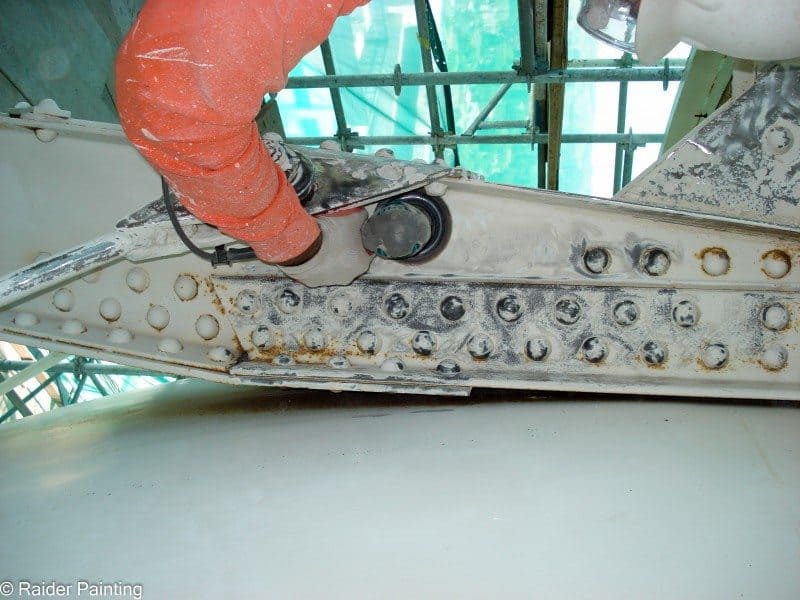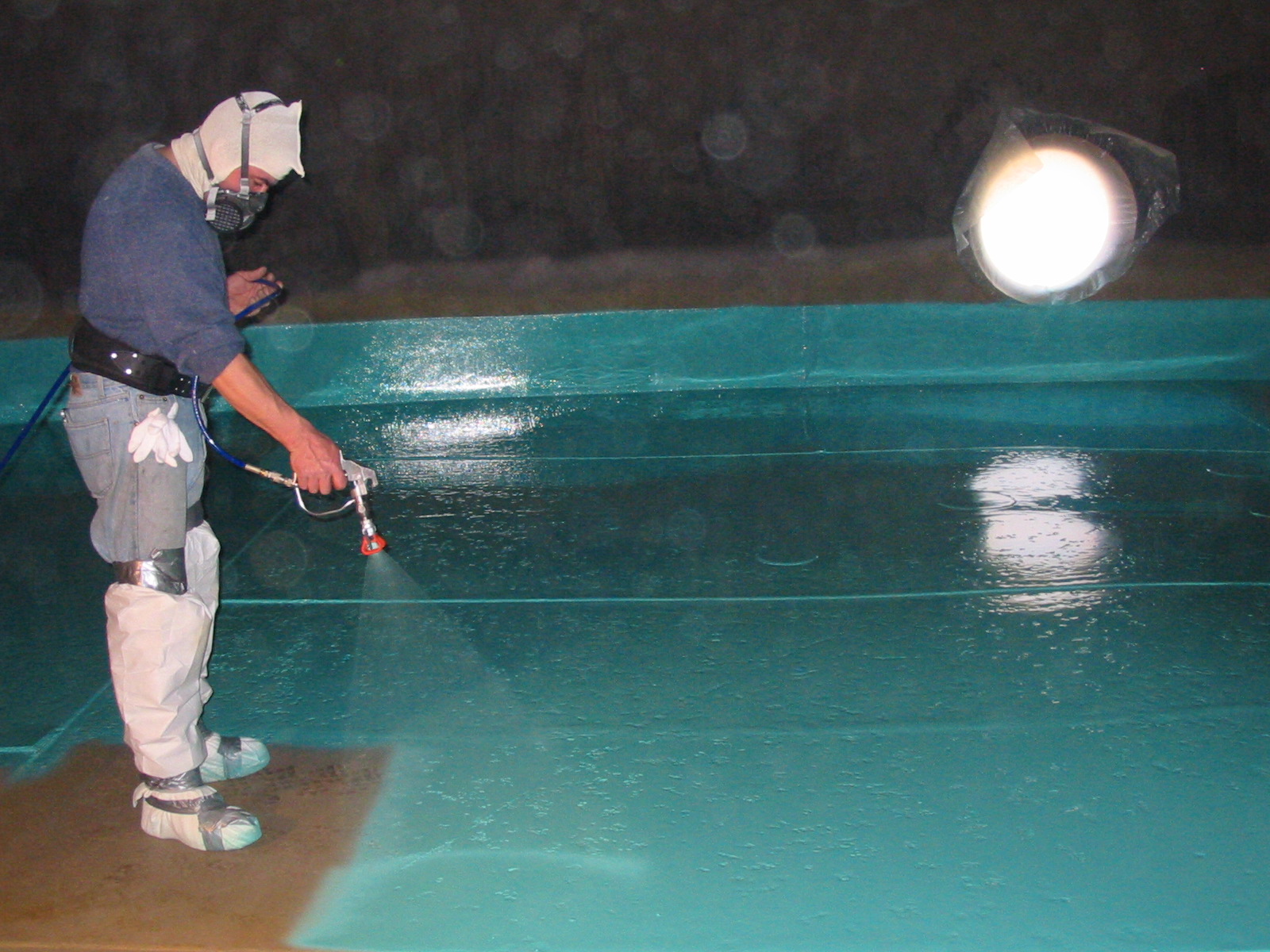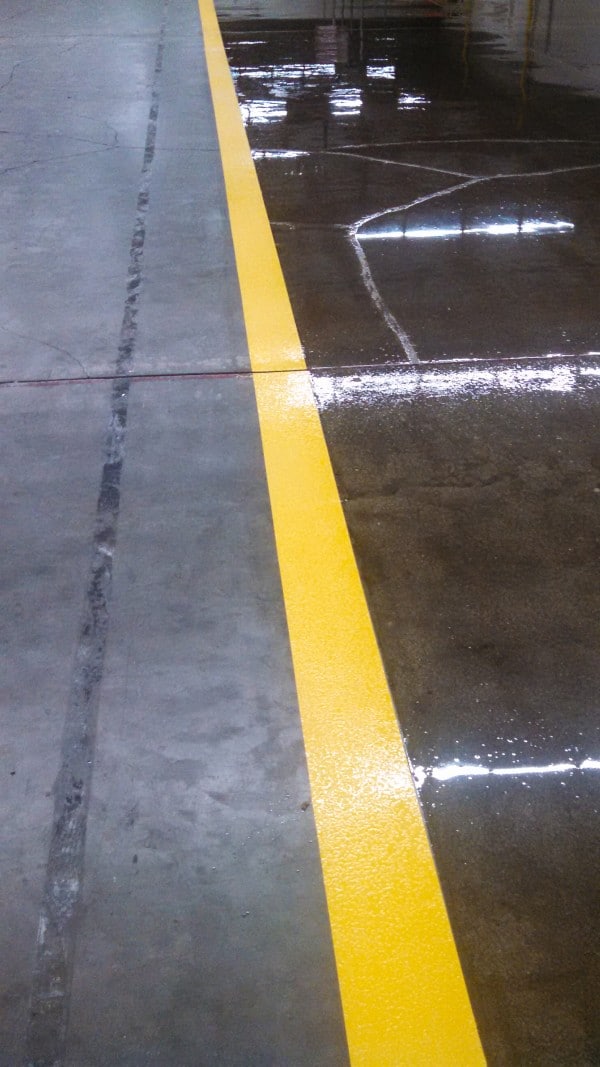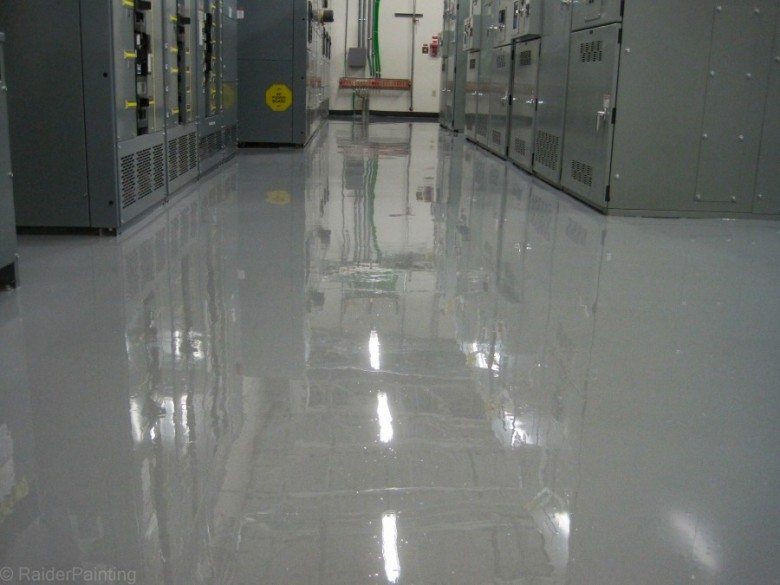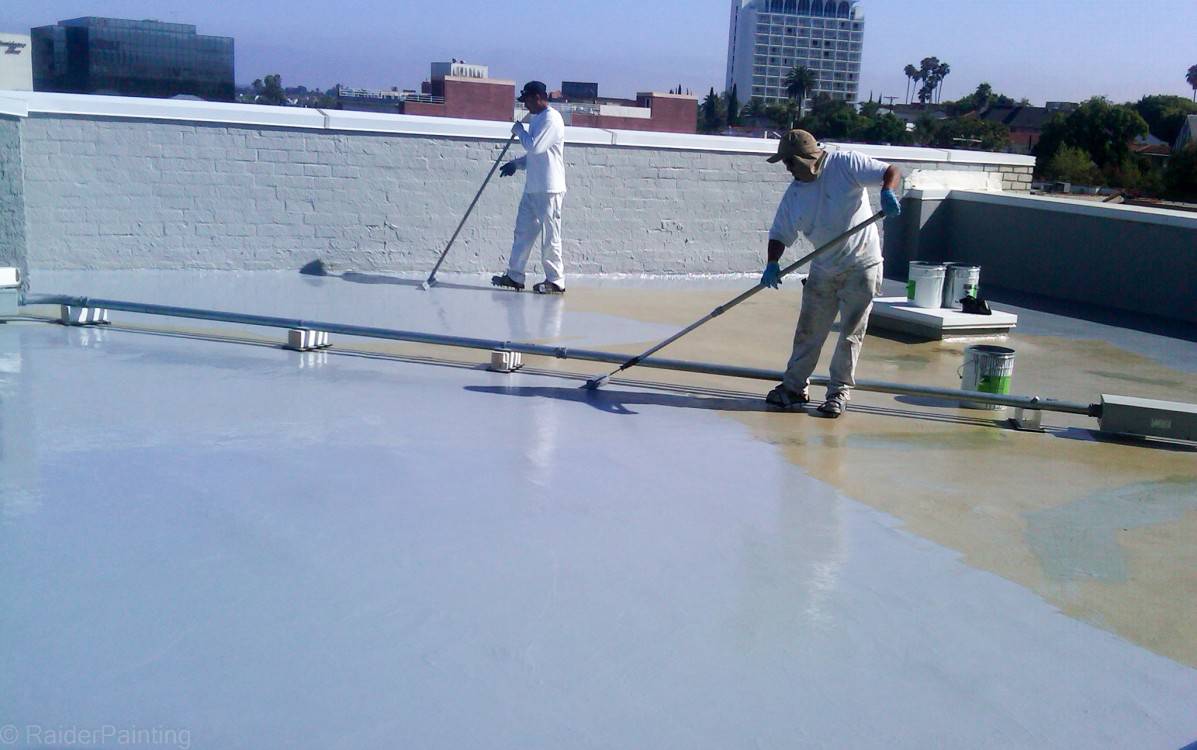What Surface Prep Looks Like
Surface preparation contractors offer different types of surface prep, which one is employed in any given situation depending on the project’s needs, the condition and the material of the substrate, and the desired coating being applied.
Standard surface blasting and prep methods include:
Shot Blasting: This process is typically used for concrete floors. This involves forcing various sizes of metal beads at high velocity onto the surface. The beads are then vacuumed for re-use.
Sand Blasting: This is similar to shot blasting, but sand or other types of abrasive media are used. This method is commonly employed for masonry or steel surfaces.
Water Blasting: This process cleans dirt and contaminants from surfaces. Following a water blast, water-soluble sealants may be applied to penetrate damp concrete, which allows it to be sealed and retain its natural color.
Diamond Grinding: This refers to grinding concrete surfaces with diamond blades to remove the top layer of concrete and level the surface.
Floor Leveling or Sloping: This is the application of a concrete masonry product that flows over an existing surface to create a new, level surface.
Hand Tool Preparation: This method involves using blades, scrapers, and wire brushes for small or difficult-to-reach areas or for minor surface preparation work.
The Stages of Pre-Coating Surface Preparation
Certified coating professionals follow several stages of pre-coating surface preparation to ensure successful product coating and adhesion:
1. Surface Assessment
Before surface preparation blasting, professionals will assess the condition of the area they will work on. For instance, when evaluating metal surfaces, they can use rust-grade standards, such as BS EN ISO 8501-1, to assess the condition of the metal surface and decide which preparation and coating techniques are best suited for the job.
2. Surface Preparation Solutions
After the assessment, certain steps may be necessary to prepare a surface for coating and painting. The type of solution to be used depends on the application and not all of these steps need to be performed.
- Cleaning
Some surfaces need to be cleaned prior to painting. Workers remove dirt, debris and other contaminants before applying any paint or coating. The area can be vacuumed, and pressure washed if needed. Heavy-duty detergents can also be used to remove grease and stains.
If needed, acids, chlorides, oils and other surface contaminants are removed to ensure proper adhesion. In some industrial settings, floors, walls and other surfaces come in contact with lubricants like grease and oils, compromising the bond between the substrate and the new paint or coating. In such situations, proper cleaning becomes essential.
Factories and other facilities near marine environments often accumulate chlorides on material surfaces. These chemicals can also travel through the air. In addition, chlorides can speed up metallic oxidation, causing corrosion damage faster.
- Removal of Old Coatings
If necessary, these coatings can be removed, according to specifications, to achieve the desired durability and adhesion. Old problems such as peeling, flaking and bubbling can resurface if you apply a new paint or coating without removing the old one.
- Removal of Loose Parts and Sections
Sometimes parts of the surface that need cleaning will crumble and flake. These loose sections need to be removed from the substrate using abrasive blasting techniques or with mechanical hand tools.
3. Filling Cracks and Other Surfaces
Not all cracks need filling but this step will be performed if we find surfaces in need of smoothing. The goal is to create a smooth and even surface to achieve the desired aesthetics and ensure proper adhesion.
Trusted Painting Company with Certified Contractors
At Raider Painting, we apply the proper groundwork and appropriate blasting surface preparation methods. Our industry experience has helped us build a reputation as a trusted surface preparation company.
As one of the industry’s leading surface preparation companies, Raider Painting has extensive knowledge and hands-on experience that enables us to properly prepare any kind of surface for all types of coatings with consistently superior results.


